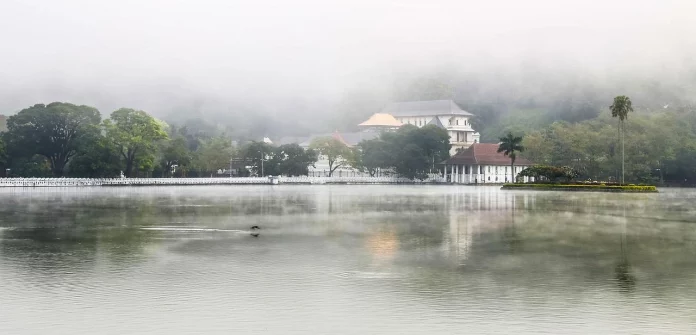The last kingdom in Sinhalese kingdom history is upcountry or The kingdom of Kandy. Geographically, the area surrounded by mountains is unique in that also it is surrounded on three sides by the Mahaweli River. The palace complex(Temple Of The Sacred Tooth Relic)which was built in the middle of the city during the Kingdom of Kandy period, the chamber where the real tooth of the Buddha is held and the rest of the palace attached to it, the buildings built under British rule, and the annual Kandy Esala Perahara festival have given the historical city of Kandy a prominent position in religious and cultural terms.
Suggested – Kandy Esala Perahera Festival TimeTable
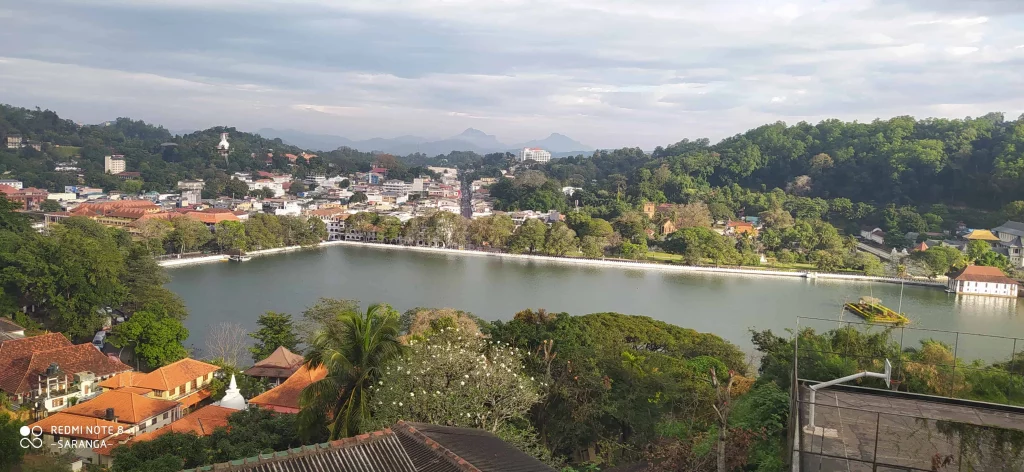
History Of The Kingdom Of Kandy
According to the history book of the Sinhalese called the Mahawansa, the area has been inhabited since before Christ, but the area had not become historically important until the migration of the Sinhalese kings to the mountainous areas after the collapse of the Anuradhapura and Polonnaruwa kingdoms.
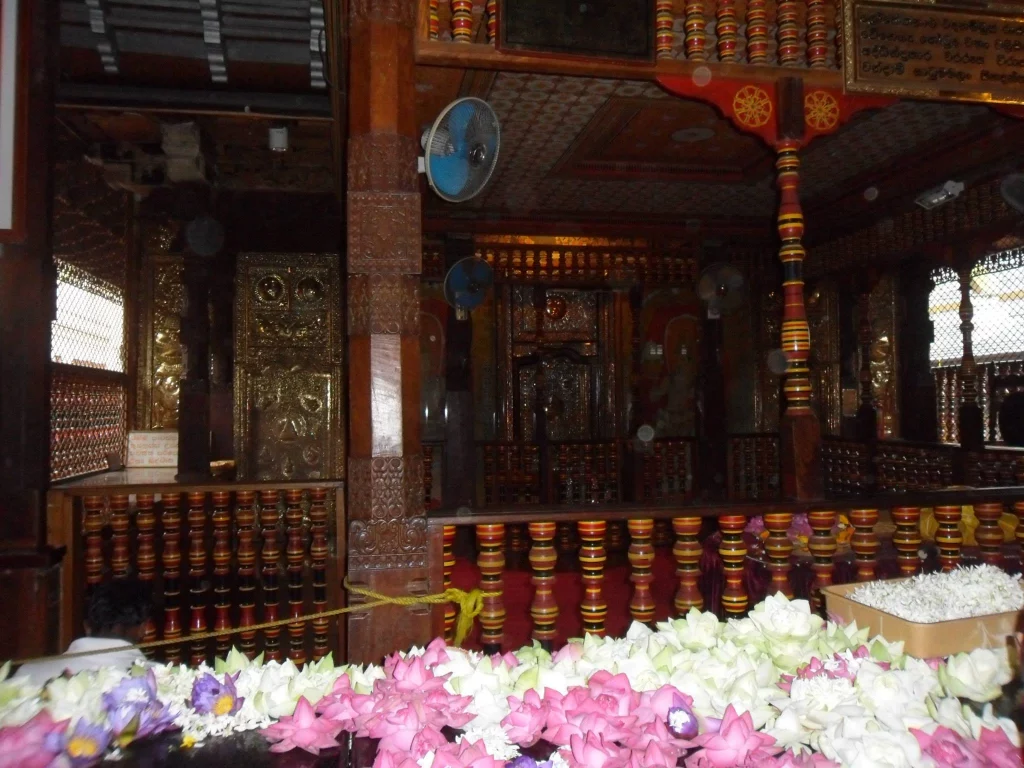
Temples and religious buildings were built due to the religious revival that occurred with the establishment of the Gampola Kingdom and the Natha Temple built in 1312 by King Wickramabhahu III, is considered the oldest building in the Kingdom of Kandy. King Senasammatha Wickramabhahu, who became king In 1469 chose Kandy as the capital. Since then, the Upcountry kingdom ruled under 9 kings. after that, the royal kingdom ruling system of Ceylon ended in 1815 when King Sri Vikrama Rajasingha was captured by the British.
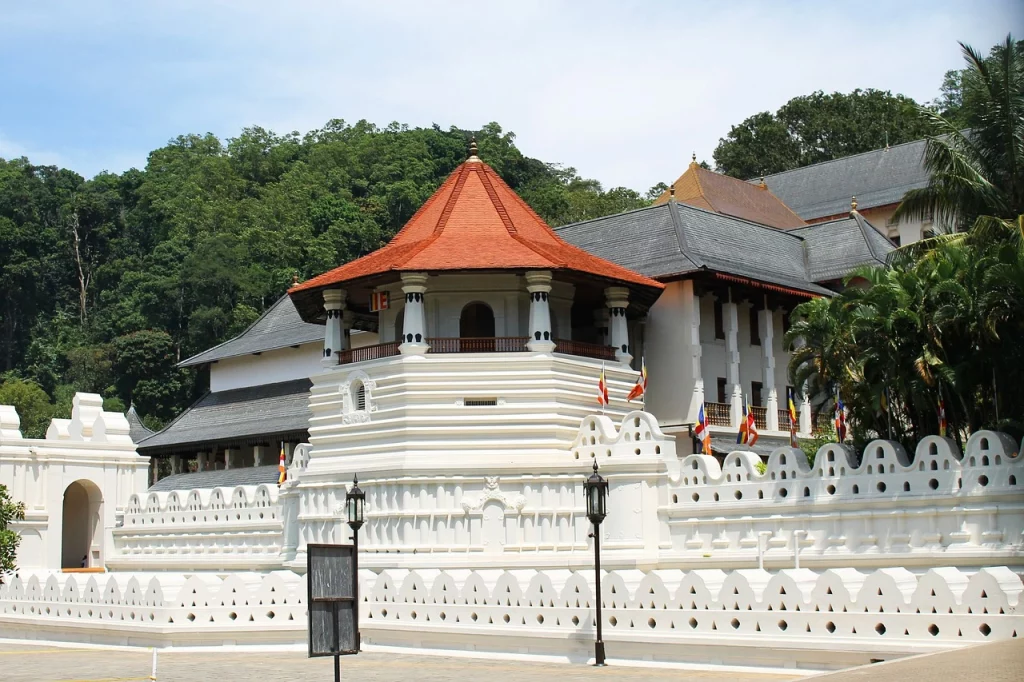
Sri Lanka was ruled by the British for 133 years and during that time Kandy was developed as a grant city. The name of Kandy was Kanda Udarata in Sinhala before the British came. Kanda means mountain and Udarata means Upcountry. Those days, English men had pronounced this Kanda word in broken Sinhala as Kandy. After that, the Kanda Udarata name has become Kandy due to its user-friendly pronunciation.
The location
Considering the geographical location of the city, this is naturally a protected place Located on a plateau surrounded by three ranges of mountains. There are on the east is the Udawatta Kale mountain, on the other side is the Hantana mountain range, and on the other side is the Bhairavakanda mountain range. The Mahaweli River surrounding the city is also a natural defensive wall. Due to this natural defense position, it was easy to protect the city from the Portuguese, Dutch, and British. Indeed, none of the foreign nations was able to capture the Kingdom of Kandy by war and instead betrayed the king’s Sinhalese ministers to the British.
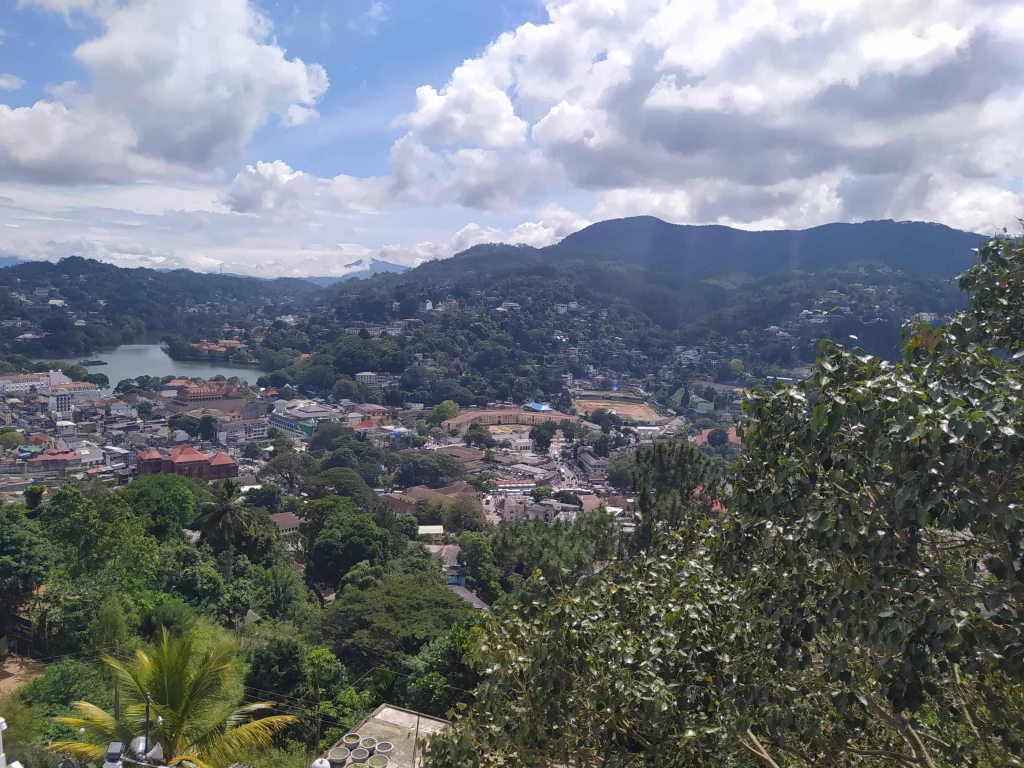
According to the Eastern tradition of city building, The city is unique in that all the methods such as the mountain gorges, water gorges, and forests have been used as natural architectural safety techniques. The kings who lived in Kandy at that time built small capitals like Aluth Nuwara, Meda Nuwara, Haguranketha Nuwara, Nilabe Nuwara, Kundasale Nuwara, and Gale Nuwara, etc(Nuwara meaning in Sinhala is ”The capital”). and lived in them. The ruins of these can still be seen in these areas.
The Kingdom of Kandy is a special place in Sinhala history not only because it was the last kingdom but also because it was the last bastion of the Sinhalese culture which is more than two thousand years old. Sinhalese culture, art, architecture, and customs, which were nurtured with state patronage for a period of time, came to an end in 1815 with the handing over of the kingdom to the British. The letter of agreement between the Sinhalese ministers for the surrender of the Kingdom of Kandy to the British can still be seen in the Tooth Relic temple’s Museum.
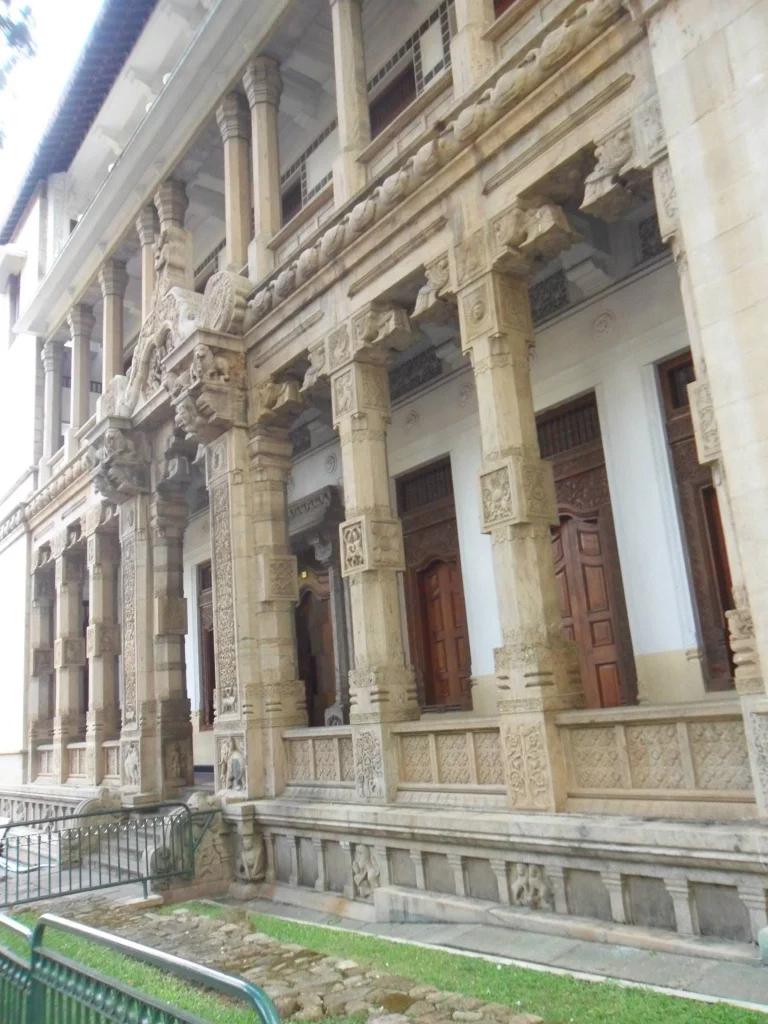
However, fortunately, there are very few arts, handicrafts, architecture, and religious practices left so this is a good place for future generations to discover the roots of the Sinhalese culture as.
However, It seems that many of the ideas of the Middle Ages period have been used in city construction. The roads have been created as if they were cut at rectangles parallel to the east, west, and north-south directions. At that time, there was a paddy field in the middle of the city, and in 1810, the last king of Sri Lanka, King Sri Wickrama Rajasingha, recreated it as a lake. during the British rule of the country for about one hundred and thirty years the city grew in size and many buildings were built such as residential, commercial, and administrative places.
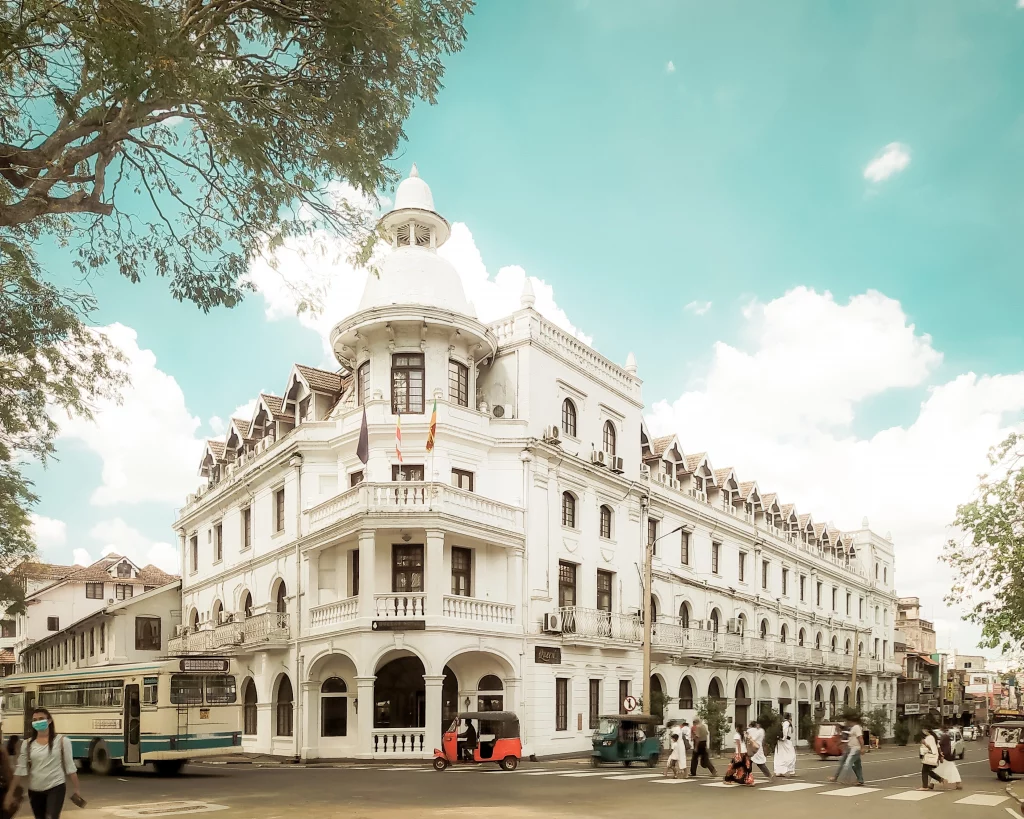
Art and Architecture
When considering the architecture, it seems that the buildings constructed of wood and clay are small and built with the needs of the people in mind, and extraneous luxuries are excluded. Very simple in appearance but very high in artistry. All the elements of the buildings, such as doors, gutters, beams, rafters, etc., are very delicately carved and decorated with traditional patterns. The roofs are covered with clay tiles.
Considering the colors, yellow, red, and green colors have been used. Most of the time, the grant doors of the buildings are decorated with wood carvings, and sometimes they are decorated with carved ivory which is the specialty of the kingdom of the Kandy period. Considering the paintings of the Kandy era, these are mostly religious and decoration paintings. Hand-painted on walls, doors, windows, furniture, and fabrics.
Also, when considering the sculptures, statues of Buddha and Gods were widely created using clay and wood and then carved and painted.
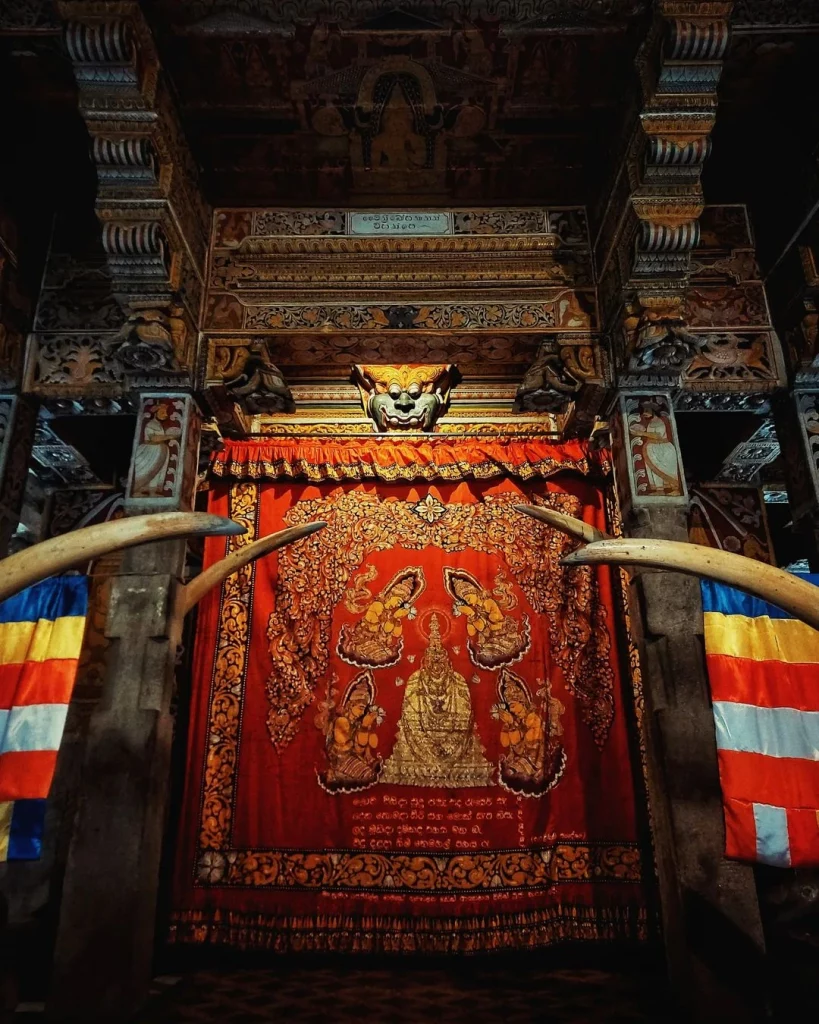
The people of that time had a simple village life where Buddhism was fundamental and they only used music and dance for religious offerings. But dance and music have been used to please the kings. The Kandy Esala Perahera, which has been held since the fourth century to this day, is a festival that shows the traditional society of the Kingdom at that time and has been enriched with traditional music and dance. Even today, upland dance art remains an institutional element that shows the nation’s identity.
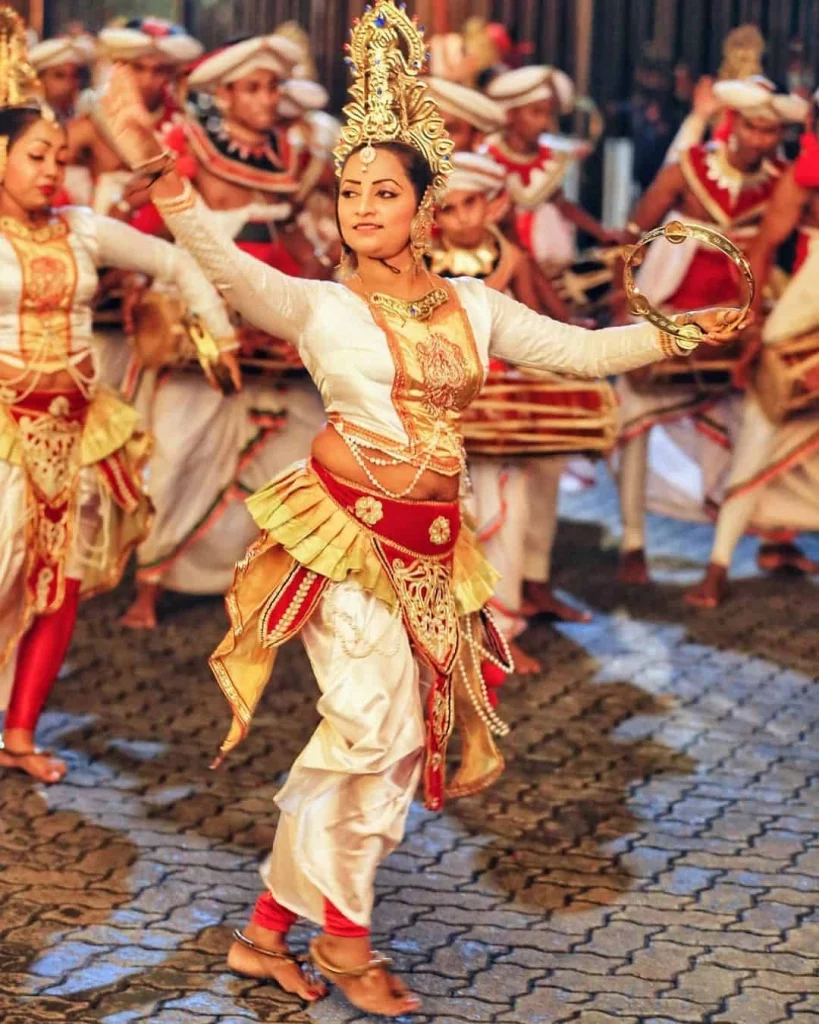
The present
After surrendering to the British, the form and concepts of the city changed completely. The three bridges built across the Mahaweli River to reach the city connected Kandy city to the Colombo capital as well as coffee, cinnamon, and tea estates in central highlands and also to small towns. Because of this, the city was the administrative city of the central highland as well as the commercial city. Due to these reasons, the old forms were changed.
Newly built schools, churches, hotels, and shopping complexes in the area caused the city to become crowded. But because the ancient construction and the Dalada Palace and its related buildings have been preserved until the present day, it is possible to see these ancient concepts even today. A large group of foreign tourists comes to Kandy to see the ruins and cultural elements that have been left at present, and a large amount of foreign exchange also flows into the country.
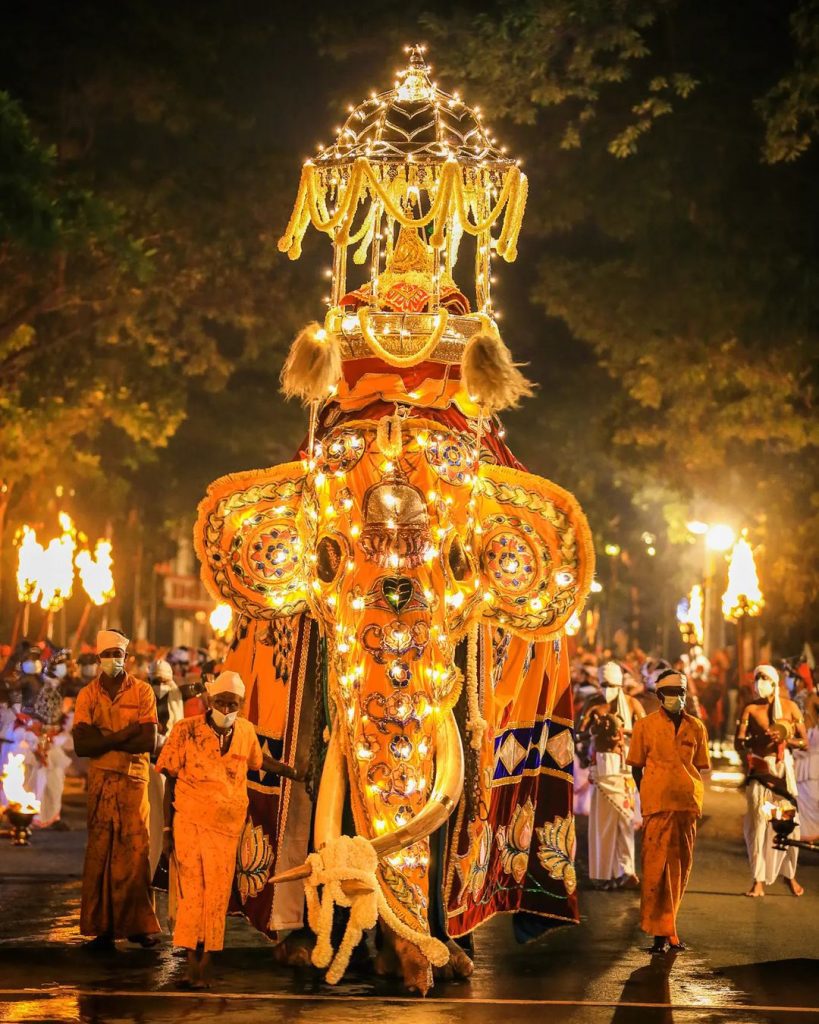
The Kandy Esala Perahara, a grand cultural festival in Kandy, attempts to show the Sri Lankan cultural identification to the world from the fourth century through local and foreign tourists.
Due to its natural beauty, art, architecture, and ancient religious culture specialty, the Kingdom of Kandy has been designated as a UNESCO World Heritage City. Don’t forget to go to Kandy and see these ancient heritages if you visit Sri Lanka.

